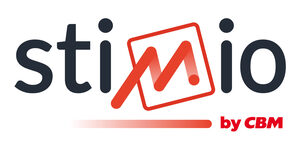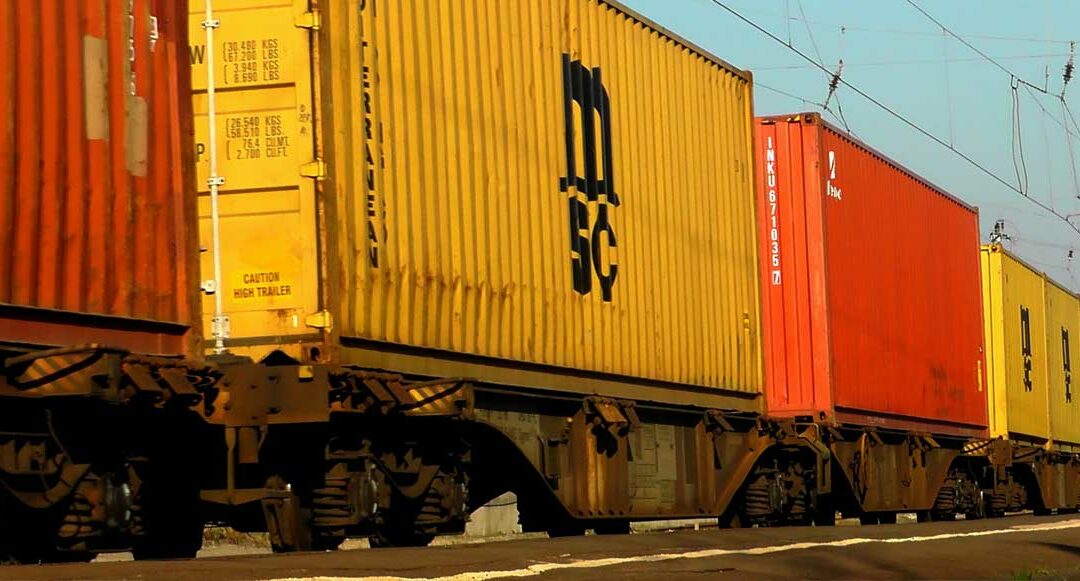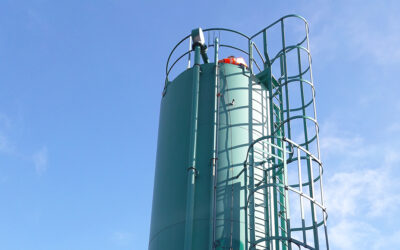A Stimio solution for monitoring SNCF FRET locomotive starter reservoirs
One of Stimio’s long-standing clients, SNCF VOYAGEURS, which recently placed its trust in us once again by signing a framework agreement (read the press release), also works for SNCF Group’s FRET (freight) subsidiary through its Materials Engineering Department. As a result of this, our IoT solutions allow to address new use cases for the digitalisation of rail freight. Today, this consists of the remote, real-time monitoring of freight locomotive starter reservoirs.
Starter reservoirs: an essential element of locomotive engine operation
On multiple generations of locomotives, the starter reservoir is the component responsible for starting the diesel engine.
When the diesel engine is operating, a compressor supplies the main conduit with a pressure of up to 9 bar. An independent supercharger, the operational pressure of which is a minimum of 5 bar, then fills the starter reservoir with a pressure of up to 32 bar.
Upon stoppage, the pressure in this reservoir drops naturally. If the pressure is less than 12 bar, the starter reservoir is incapable of starting the diesel engine.
Testimonial
Locomotive Study and Modification Engineer
SNCF – Director of Materials Engineering – South Cluster
Stimio’s solution for monitoring starter reservoir pressure allows to increase freight locomotive availability and to reduce intervention and maintenance requests.


Significant consequences for operations and maintenance related to equipment downtime
Without real-time data on the pressure in the starter reservoir, trips can sometimes end up being cancelled at the last minute when the conductor observes on-site that the pressure is too low. The consequences in terms of operational losses and maintenance are significant, and periodic verification by field agents is impossible because the fleet is scattered across all of France. Failure to start implies:
- Moving a second engine to the site to complete the previously scheduled trip, thus requiring the time of a second conductor.
- Moving a third engine to the site to move the broken-down locomotive to the maintenance centre.
A Stimio IoT solution for uploading pressure level data in real time
To overcome this type of situation, Stimio’s rail-certified Railnode* solution was combined with pressure sensors. Information on pressure in the main conduit and starter reservoir is sent to the SNCF’s VIGILOC internal platform every 10 minutes. When an excessively low pressure level is detected, an alert is triggered allowing a service agent to restart the diesel engine, thus ensuring that it has sufficient pressure and assuring its future availability.
In addition to preventing complete stoppages, analysing the uploaded data also allows to verify the state of suppressor health in the future, to predict the end of its life, and to plan ahead to replace it.
The modularity and agility of the Railnode solution makes it perfect in this context, as it makes it possible to quickly put locomotives in operational condition without requiring large-scale interventions on equipment.
Eventually, more than 100 locomotives will be equipped with Stimio’s rail-certified IoT solution.
*The Railnode sensor is called «MARTI» at all SNCF group entities.
Discover the building blocks of our modular solutions
Railnode
Railnode is Stimio's certified rail solution for collecting data and delivering them to Oxygen and business information systems.
Learn more →
Railnet
Railnet is our rail certified gateway to connect sensors and on-board equipment for rolling stock, already in operation or new ones.
Learn more →
Oxygen Asset Management
From device management to visualisation and prediction, Oxygen Asset Management unlocks data’s potential and turn them into intelligent and actionable information.
Lean more →
Let's talk about your concerns
Related News
Monitoring and prediction of sand levels in silos
April, 21st 2022Monitoring and prediction of sand levels in silos The large majority of rail rolling stock, trains, tramways and subways use sand to increase wheel-rail adhesion for traction and braking. Some conditions significantly decrease vehicle adhesion, such...
Stimio to exhibit at Rise of IoT and Big Data in rail 2022
April, 20th 2022The Rise of IoT & Big Data in Rail 2022 We will be physically present as an exhibitor and Bronze Partner at The Rise of IoT and Big Data in Rail 2022 from May 17th – 18th.We will have the opportunity to present our IoT business solutions for...
Monitoring and prediction of counterweight height
February, 2nd 2022Monitoring and prediction of counterweight heightTo ensure uninterrupted service and the safety of the infrastructure, the monitoring of catenary tensioning is essential for the entire network. In order to avoid contact wire breaking, in spite of...




